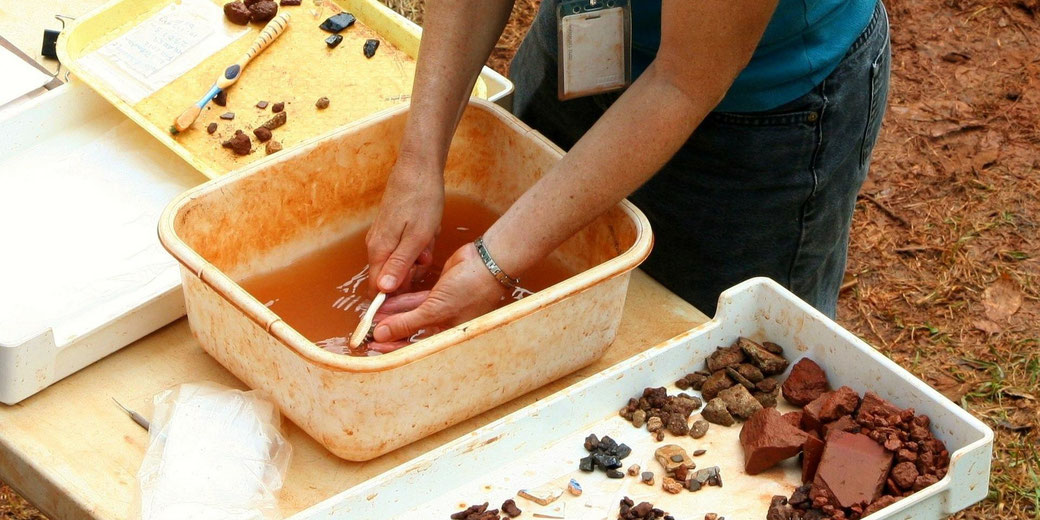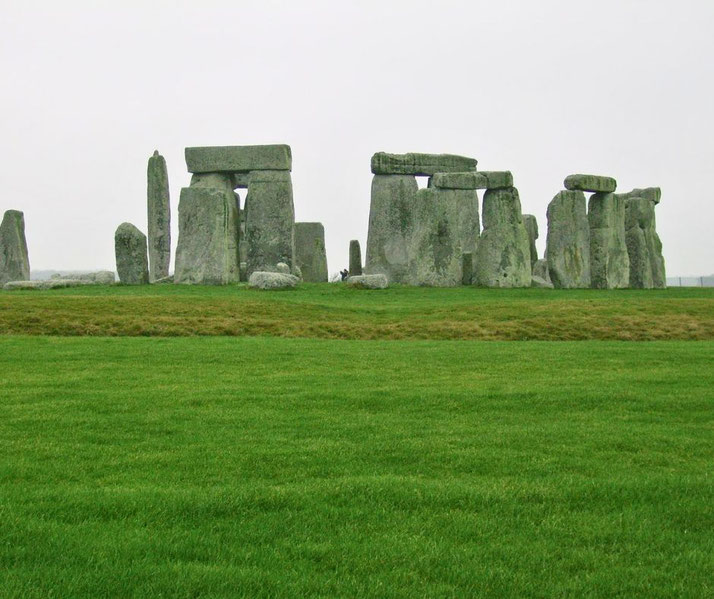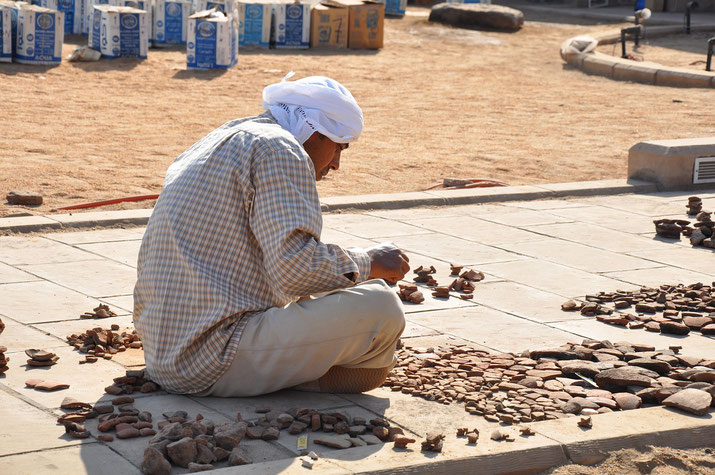What is archaeology?

Archaeology, broadly speaking, is the study of human history and prehistory through the excavation and analysis of material culture: the physical objects and architecture left by ancient societies.
In other words, archaeologists study everything from ancient pottery to ruins of civilizations to learn about people in the past. This can include anything from how they lived, what they ate, what their religious beliefs were, and more.
It is a fascinating field that can tell us a great deal about our ancestors and how we came to be where we are today.
What are some of the most famous archaeological sites?
Some of the most famous archaeological sites include Stonehenge in England, the Great Pyramid of Giza in Egypt, and Machu Picchu in Peru.
These sites are famous because they offer insights into past cultures that are not possible to learn from written records alone.
Stonehenge is an ancient monument consisting of large stone blocks arranged in a circular pattern. It is thought to have been built by the prehistoric people of Britain over 4000 years ago.
The Great Pyramid of Giza was built around 2500 BC and is the oldest and largest of the three pyramids in Giza.
Machu Picchu is a 15th-century Inca site located in modern-day Peru. It is one of the most popular tourist destinations in South America.

What are some of the key methods used by archaeologists?
Some of the key methods used by archaeologists include excavation, analysis of material culture, and radiocarbon dating.
Excavation is perhaps the most well-known archaeological method, and it involves digging up sites in order to uncover artifacts and other evidence of past civilizations.
Analysis of material culture refers to the study of artifacts found during excavations in order to learn about the people who created them.
In comparison, radiocarbon dating is a technique that can be used to date organic materials, like wood or bone, that have been from at a site during an excavation.
However, environmental conditions at a site can affect the survival of material remains there, since some materials degrade more quickly than others.
For this reason, it is important for archaeologists to have a good understanding of the local climate and environment when doing an excavation.
Who are some famous archaeologists?
The earliest archaeologists during the 17th and 18th centuries were known as 'antiquarians'.
Unfortunately, they were interested in collecting artifacts for their own sake, without necessarily trying to learn anything about the people who created them.
As a result, they acted more like treasure hunters than real archaeologists.
However, by late 19th century, the first dedicated archaeologists were working on a number of important ancient ruins.
Some of the most famous archaeologists include Howard Carter, who discovered the tomb of Tutankhamun, and Sir Arthur Evans, who excavated the palace of Knossos on the island of Crete.
There are many other well-known and respected archaeologists working all over the world today.
One of the most influential early archaeologists was Sir Flinders Petrie. He was an English Egyptologist who helped to develop many of the techniques still used by archaeologists today, such as excavation and recording.
He developed a system called 'typology', which is a way of classifying objects found during an excavation based upon their shape.
This system is still used by archaeologists today.
What happens on an archaeological excavation?
An archaeological excavation is a lot of work! First, a site must be chosen, and its location recorded.
Then, the area to be excavated is carefully marked out and any vegetation or topsoil is removed.
Once the excavation begins, archaeologists will often use tools such as trowels and brushes to carefully uncover artifacts.
These artifacts are then placed in bags or boxes and taken back to the lab for further analysis.
Laboratory testing of artifacts can involve a number of different techniques, such as radiocarbon dating, X-ray fluorescence, and DNA analysis.
These tests can help archaeologists to learn about the age, composition, and history of the artifacts.
Common misconceptions
A common misconception about archaeology is that it is only about finding buried treasure.
While it is true that archaeologists do sometimes find valuable artifacts during their excavations, this is not the primary focus of their work.
Archaeologists are more interested in learning about the people who created these artifacts and what their lives were like.
This misconception about what archaeologists do has arisen from fictional archaeologists in films and video games, like Indiana Jones and Tomb Raider.
However, these characters are not 'real' archaeologists because they often break the rules that dedicated archaeologists follow.
What are some of the challenges faced by archaeologists?
One of the biggest challenges faced by archaeologists is funding. Excavations can be expensive, and often require years of work in order to yield results.
For this reason, many archaeological projects are only possible with government or private funding.
Another challenge faced by archaeologists is that they are often working with fragmentary evidence.
This means that it can be difficult to piece together a complete picture of past cultures from the limited numbers of artifacts that have been found.
Finally, another challenge faced by archaeologists is the looting of archaeological sites.
This is when people illegally remove artifacts from a location in order to sell them on the black market.
Looting can damage a site and make it more difficult for archaeologists to learn about the past.

The benefits of archaeology
Despite the challenges, there are many benefits to archaeology. One of the biggest benefits is that it helps us to learn about cultures that no longer exist.
This can be especially important for understanding how different cultures interacted with each other.
Archaeology can also help us to preserve historical sites and artifacts. Once an artifact has been excavated, it can be put on display in a museum or other public space. This helps to raise awareness of the site and its importance.
Finally, archaeology can be a great way to get people interested in history and culture.
Many people who become interested in archaeology through visiting a museum or an excavation site later go on to study it more formally.
Why study archaeology?
There are many reasons why someone might be interested in archaeology. For some, it is a way to learn more about their own heritage.
Others find the idea of studying ancient cultures and civilizations fascinating.
Still others enjoy the challenge of piecing together clues from the past to solve puzzles about what happened long ago.
If you think archaeology sounds like something you would like to learn more about, there are a few ways to get started.
One option is to look for books or articles on the topic. The internet is also a great resource for finding information on archaeology.
You can also visit archaeological sites or museums to see firsthand some of the things that archaeologists have found.
And, of course, you can always take classes on archaeology to learn more about this field in a formal setting.
Further reading
What do you need help with?
Download ready-to-use digital learning resources
Copyright © History Skills 2014-2025.
Contact via email
With the exception of links to external sites, some historical sources and extracts from specific publications, all content on this website is copyrighted by History Skills. This content may not be copied, republished or redistributed without written permission from the website creator. Please use the Contact page to obtain relevant permission.





